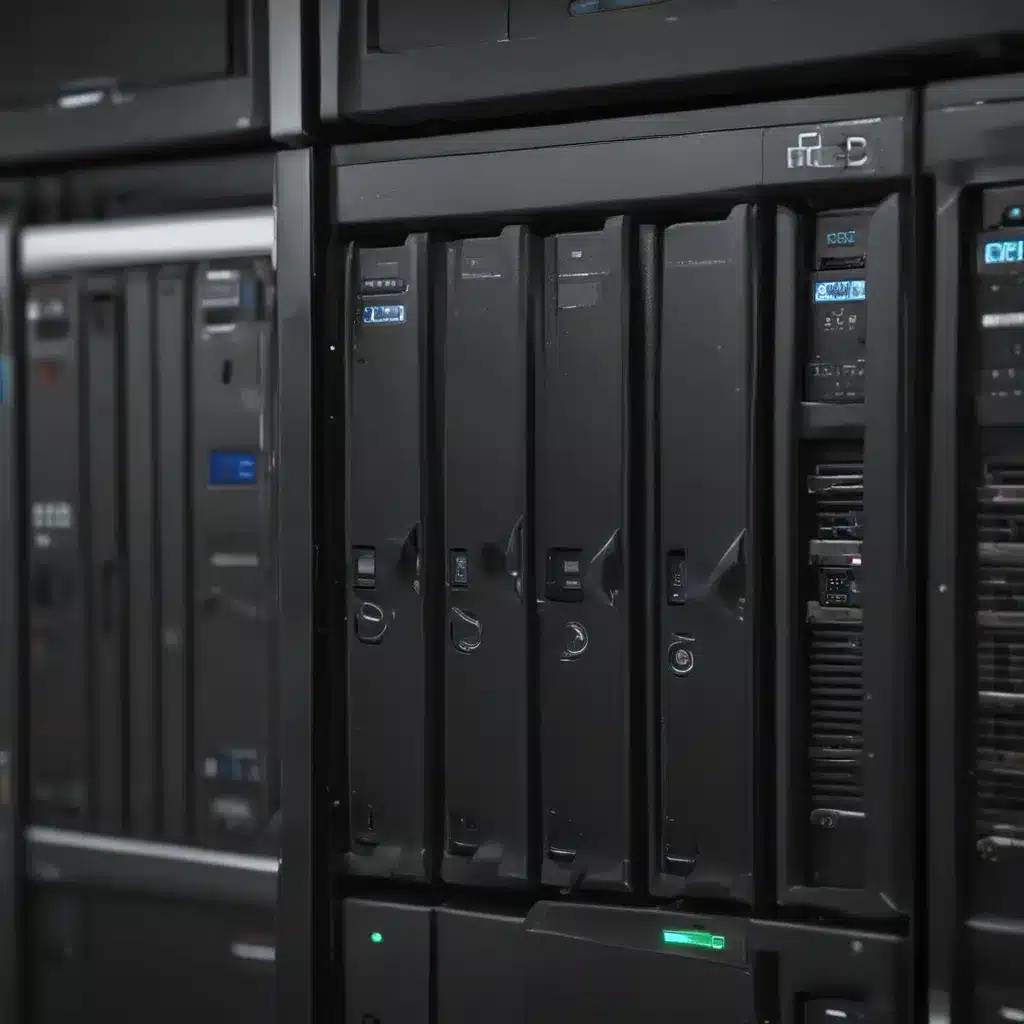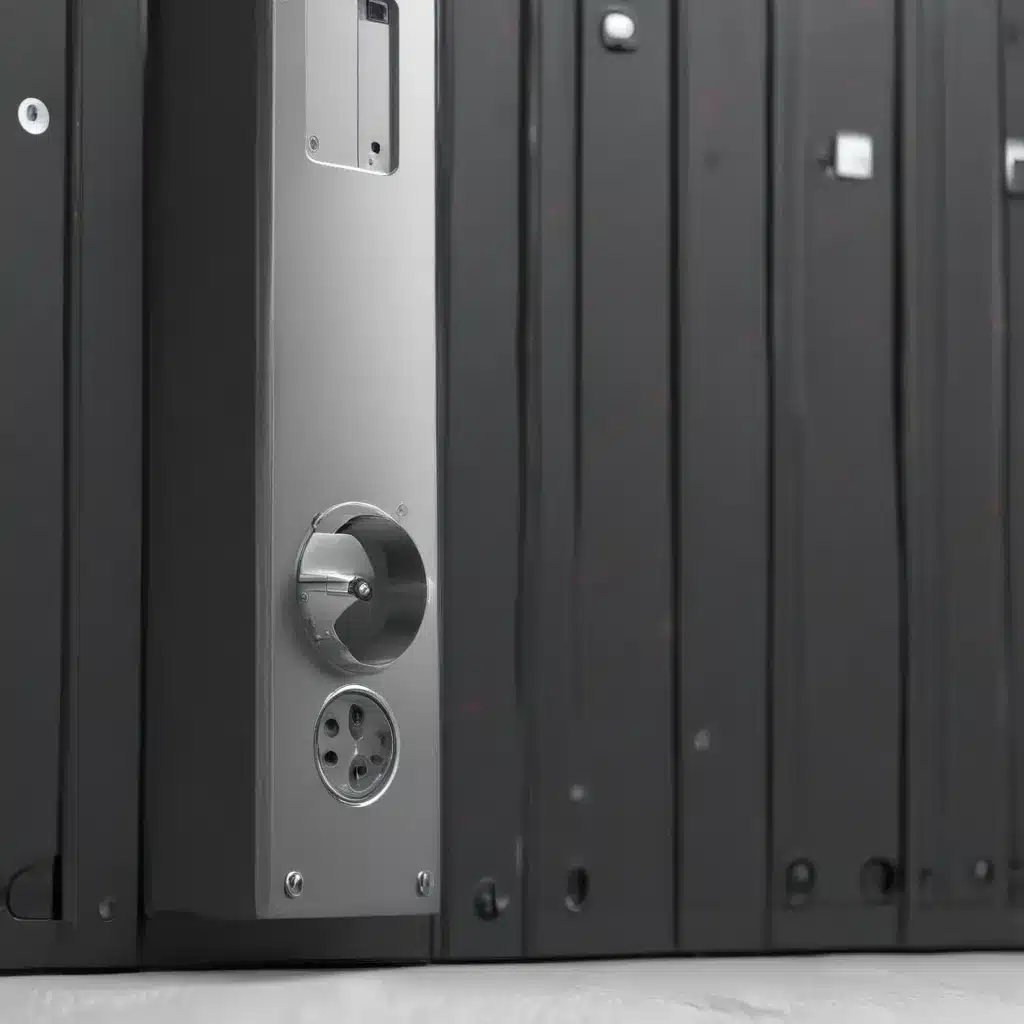Containers offer many benefits for modern software development and deployment, including portability, resource efficiency, and scalability. As more organizations adopt container technologies like Docker and Kubernetes, a key challenge is determining the best approach for migrating existing applications into containers. Here are some tips and best practices to consider when planning your container migration journey:
Assess Readiness and Identify Targets
Before migrating applications to containers, it’s important to assess readiness across three areas:
-
Technology – Review existing app architectures and determine if changes are needed to make them more “container friendly.” Look for monolithic apps that should be broken up into microservices.
-
Process – Evaluate your build, release, and deployment processes. Containers typically enable more frequent releases and dynamic allocation of resources.
-
Organization – Get buy-in from app owners, ops teams, and leadership. Clear communication is key when introducing new tools and processes.
Once readiness is assessed, identify the first applications to target for migration. Good candidates include new apps under development, apps using outdated tech, and apps with frequent release cycles. Avoid extremely complex apps initially.
Take an Incremental Approach
An incremental migration approach is recommended:
-
First, “lift and shift” apps to run in containers without changes. This involves putting existing app code into Docker images and running the old architecture on Kubernetes.
-
Next, incrementally modify apps to better leverage containers. For example, break monoliths into microservices and optimize images for size and security.
-
Finally, re-architect larger apps as needed. Take time to re-imagine apps using cloud-native principles like microservices and immutable infrastructure.
An incremental approach helps build organizational knowledge and avoids disrupting critical apps prematurely. Not all apps need to be re-architected for containers – “lift and shift” may be sufficient in many cases.
Invest in Automation
Automating your container build, test, and deployment processes is highly recommended:
-
Automated Dockerfiles, Kubernetes manifests, and CI/CD pipelines greatly simplify repetitious tasks and reduce configuration drift.
-
Leverage infrastructure-as-code tools like Terraform to provision resources required by containerized apps.
-
Monitor metrics and logs from all layers of the container stack rather than individual hosts. Kubernetes dashboards and APM software provide visibility.
Automation enables consistent, reliable management of containerized apps at scale. The upfront investment pays long-term dividends.
Take Security Seriously
With containers, security responsibilities shift left to developers:
-
Only include necessary OS packages in container images to reduce attack surface area. Don’t install extra tools.
-
Scan images for vulnerabilities frequently and block deployments of compromised images.
-
Use tools like gVisor to isolate containers from the host kernel. Limit container privileges.
-
Enable Kubernetes security features like RBAC, network policies, and secrets encryption.
Developers should partner closely with security teams when adopting containers to ensure images and runtimes are configured using security best practices.
Manage Organizational Changes
Adopting containers affects people and processes:
-
Provide container training and mentorship for developers, ops engineers, and other staff. Learning new tools takes time and support.
-
Clearly define roles and responsibilities between developers and ops when deploying apps on Kubernetes.
-
Evolve processes like release approval flows to support frequent container image updates.
-
Engage with app owners early when migration involves updating applications. Make sure business needs are understood.
With containers, operations become a shared concern across teams. An organizational focus on communication and collaboration helps unlock the benefits of containerization.
Conclusion
Migrating legacy applications to containers provides opportunities to increase deployment velocity, portability, and resource efficiency. Following an incremental “lift and shift” approach, investing in automation, prioritizing security, and managing organizational change help minimize disruption during container adoption. With careful planning and strong execution, container migration can transform IT delivery and unlock innovation.













